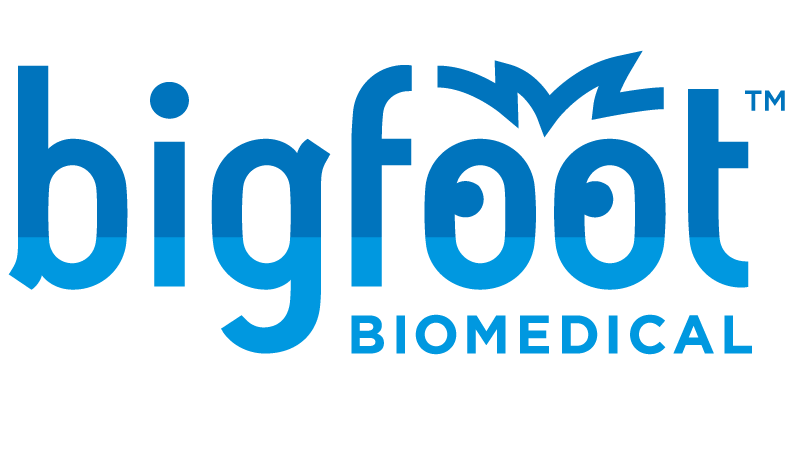As medical devices have moved out of the hospital and into our everyday lives, the medtech industry is faced with the question of how to stay relevant to consumers and viable in a competitive marketplace. To do so, the modern medtech industry must shift its focus from being product-oriented to being service-oriented.
When pursuing a sustainable business model, a company’s sole focus can no longer be primarily on producing FDA-cleared medical devices or general wellness and fitness apps and devices. Beyond producing just the physical products–devices, apps, sensors– these companies need to be relied on to provide outstanding, continuous service so that their end users (who may be people living with health conditions, health care providers, or payers) can experience the value that medtech promises to deliver.
Being Solely Product-Focused Has Led to Failure in the Market
History is full of industries that faltered when they didn’t make critical shifts in response to their markets. Soon they found themselves replaced by different players who did shift their models or who came to the market with a fresh perspective. When Theodore Levitt wrote about this phenomenon, which he called “marketing myopia,” he pointed to the railroads as a prime example.
“The railroads did not stop growing because the need for passenger and freight transportation declined. That [need] grew. The railroads are in trouble today not because that need was filled by others (cars, trucks, airplanes, and even telephones) but because it was not filled by the railroads themselves. They let others take customers away from them because they assumed themselves to be in the railroad business rather than in the transportation business. The reason they defined their industry incorrectly was that they were railroad oriented instead of transportation oriented; they were product oriented instead of customer oriented….”
The software industry offers a positive example of how an industry can successfully shift to a service orientation in response to changes in its market and environment.
It wasn’t that long ago that software was delivered to the customer in a box. That box contained digital media (CD-ROMs or floppy disks) and printed manuals, registration cards, warranty statements, cross promotions, etc. And after the customer purchased the software, the transaction was complete.
With the rise of the Internet and widespread broadband access, software customer expectations shifted dramatically. Instead of going to a store to get a box, customers began ordering software online. Once it became easy to download the software directly to the customer’s computer at purchase, instantaneous delivery became the norm. Today, software is instantly delivered to the customer at purchase via digital download. Manuals are available online as searchable wikis or downloadable PDFs. Registration happens simultaneously with purchase. Communication with tech support or customer service has evolved from making a phone call during normal business hours, to an email sent anytime, and now to real-time chat available 24/7. These shifts happened as part of the service offered and aren’t inherently part of the software product itself.
Software companies and internet businesses no longer focus on delivering a box, but rather they focus on delivering a good customer experience that people will keep coming back for. They develop a relationship with the customer, and for that relationship to work, the company must consistently deliver value. Quality service is an integral part of the complete sales process: from the moment the potential customer becomes aware of the software package and might try it out, through the purchase and installation, on to accessing technical support or customer service when needed, and ultimately with the purchase of an upgraded version.
What customers value has ultimately shifted. Software companies now distinguish themselves through the service they provide, at least as much as through the code they produce. The shift to a service orientation is so strong that the software industry has changed the very nomenclature to SAAS, software as a service.
Being Service-oriented Drives Responsiveness to the Market
Bigfoot’s Chief Engineer, Lane Desborough, has an analogy about this kind of shift from his time as an engineer at Honeywell:
“Honeywell’s Bendix brakes division figured out that airlines were good at flying and Honeywell was good at brakes. So Honeywell started selling landings rather than brakes; they transitioned from a product business to a service business. They sold outcomes. They allowed their customers to focus on what they were good at (and they used remote monitoring to create shared value).”
With the advent of digital, cloud-connected medical devices, medtech faces very similar challenges to those of these other industries.
In the past, readings from a medical device in a hospital setting might have provided a healthcare provider with information to make a diagnosis or to adjust a treatment.
Now, medical devices operate out in the real world, collecting, analyzing, and communicating data 24/7. Users expect their medical devices to easily deliver instantaneous access to their data and real-time help interpreting that data. They look to their medical devices for a current reading of their state of health and help making a decision about how to respond.
To meet these expectations, medtech needs to provide more than just a physical device.
Medtech needs to provide service at every stage of the user’s experience: from transparently responding to questions and concerns as the user considers adopting a medical device, through training the user how to best use the device and troubleshoot any issues that might come up, to everyday use and integration into the user’s daily care.
To succeed medtech companies need to serve their users at every point, not just at the point of purchase or at a point of crisis.
Service Builds Value
Traditionally, companies have seen service as a cost center. This view feeds marketing myopia. But companies need to understand that service builds value—both with the user and in the market.
- Be there to answer questions quickly, completely, and honestly. User frustration will be diffused and realistic expectations are set for your medtech offering.
- Be there to demonstrate how the medical device, even if it is an app, works. Users will learn how to use the device’s capabilities to better manage their health.
- Be there to hear and resolve problems. Users’ trust will grow and you get invaluable feedback on how to improve your offerings.
“Customers attach value to a product in proportion to its perceived ability to help solve their problems or meet their needs. All else is derivative.” - Theodore Levitt
By providing quality service, a relationship is built between the company and the user. Over time this relationship translates into loyalty and reduces customer churn. Trust is built, differentiating one company from another.
Consumers today expect to have relationships with the brands they patronize, and a brand that delivers continuous value is a brand consumers will keep coming back to.
Interested in more about our philosophy on customer service and subscription service? Check this market research out on the Bigfoot Stories blog:


